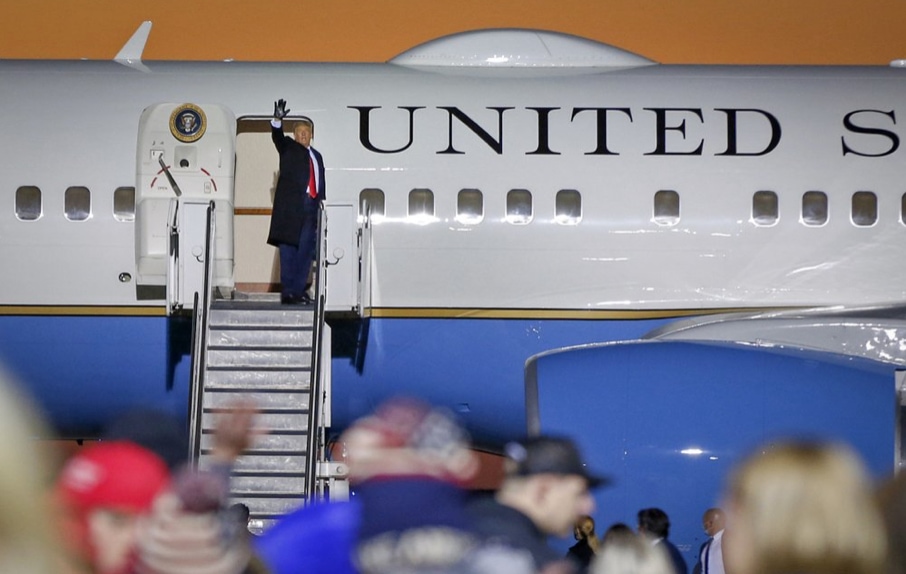
President Donald Trump’s campaign has a bold theory for how he will win reelection: It can tap a universe of millions of supporters who did not vote for him in 2016 but will do so this time.
Supposedly, these voters are overlooked by polls that show Trump consistently trailing Democrat Joe Biden. They are mostly the white working class from factory towns, farms and mining communities that Trump has elevated to near-mythic status as the “forgotten Americans.”
They are disaffected and disconnected from conventional politics. Yet they flock to the president’s rallies, plaster their yards with signs and have been filling up voter registration rolls, the campaign insists.
In few places will this strategy be tested as in Pennsylvania, a critical state that Trump carried by only 44,292 votes out of 6.1 million cast in 2016. A Democratic surge of votes in cities and suburbs could quickly erase that narrow lead. To hold onto Pennsylvania’s 20 electoral votes, the president needs to prove that a hidden groundswell of supporters exists — and will vote.
But the math behind the theory is tight. Trump’s plan requires blowout victories and historic turnout in conservative strongholds across the state, places where he outperformed traditional Republicans four years ago and he knows must do even better. His mission is made clear by his campaign stops in Pennsylvania this week — a tour through GOP areas like Latrobe, Lititz and Martinsburg,
“Trump has to drive turnout,” said Terry Madonna, a professor at Franklin & Marshall College in Lancaster who has conducted polls in the state for almost three decades. “I don’t see any evidence that he’s expanded his base.”
The strategy is more difficult to execute given the stunning disruption wrought by the coronavirus pandemic, both in terms of a public health crisis and nationwide economic dislocation.
Trump’s handling of the virus has cost him support among suburban women and older voters. His response to the civil unrest reacting to police killings of Black men only served to energize the resolve of Black women, as candidates and as voters. His wrecking-ball persona has prompted some of his backers in 2016 to reject him.
So his fate lies in large part in places like Butler County, an overwhelmingly white, conservative county north of Pittsburgh. There are nearly two Republicans for each registered Democrat. Most adults did not graduate from college. The economy rests on manufacturing and fracking, as well as service-sector jobs from suburbs creeping in from the city.
Republican turnout in Butler County was an impressive 80% in 2016. But local Republicans say the goal is to push that number as high as 90% this year. And they’ve spent several months registering new Republicans, adding 9,043 of them this year alone, for a 12.8% increase. Trump’s campaign is trying to replicate those kinds of numbers in other rural and exurban counties in the state.
Al Lindsay, a 74-year-old trial lawyer and farmer who leads the Butler County Republicans, says that registration push has been made easy by frustrations over pandemic lockdowns and a growing belief that Democrats don’t understand people who are religious and rural. His pitch is simple: “Look, there’s an urgency here. We need you.”
The Trump campaign has long known its best shot at winning was finding new voters in its strongholds, rather than persuading swing Democrats or independents. They used Trump’s raucous rallies in small towns and places that rarely get presidential attention to attract those voters to an unconventional campaign. They launched a voter registration and data collection effort around those events.
There are signs of success: In Florida, the party has registered 475,500 Republicans over the past four years, outpacing gains of 395,600 for Democrats. The campaign has claimed that as many as a quarter of attendees at rallies did not vote in 2016.
But in Pennsylvania, Democrats still outnumber Republicans by more than 700,000 registered voters, and there are an additional 1.3 million who are not associated with either party.
Republished courtesy of the Associated Press.



